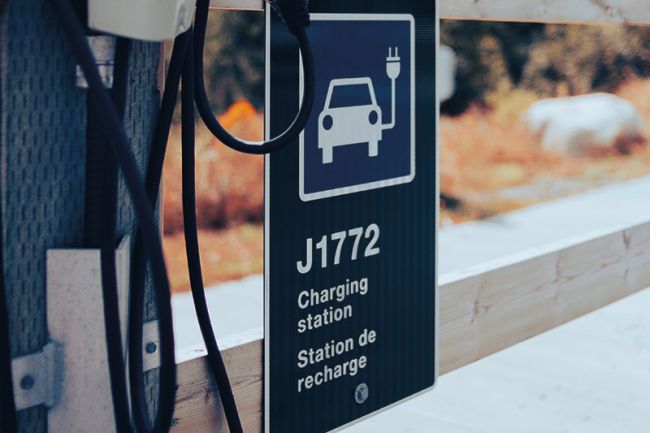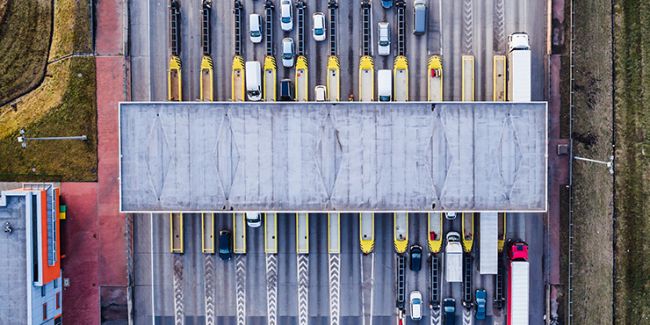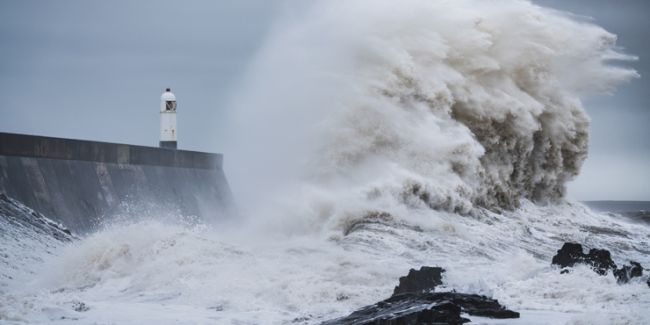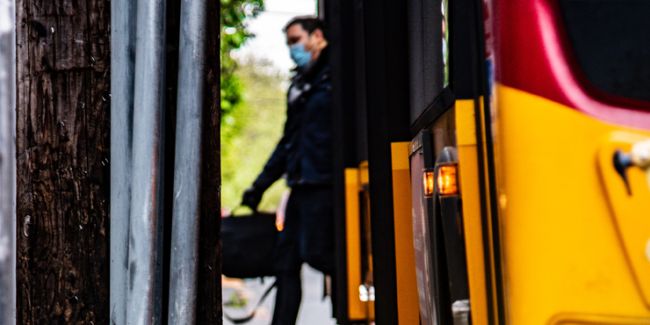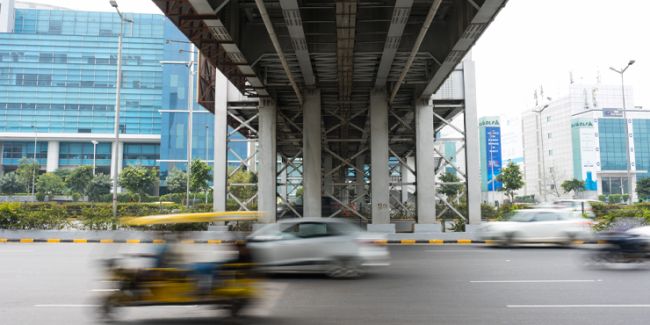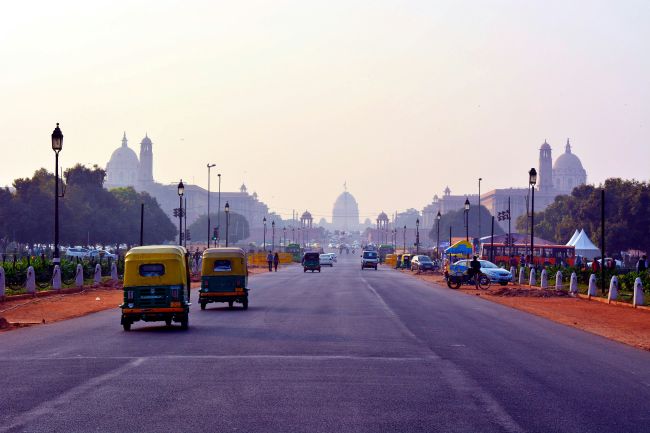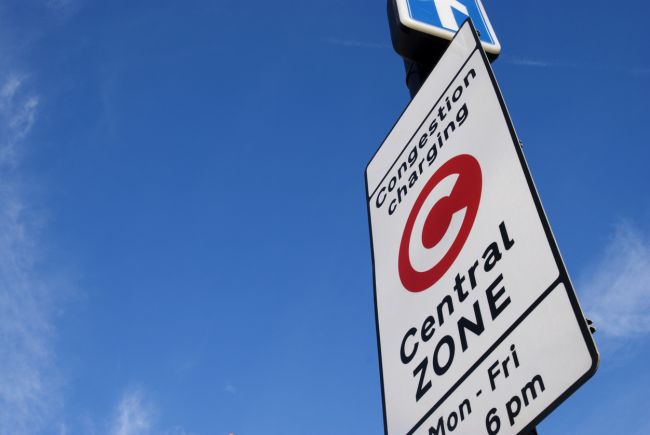Bridging the funding gap
As our transportation system ages, there is a growing need to repair, rehabilitate, and in some cases add capacity to our infrastructure. This need is arguably at its greatest where bridges are concerned.

As our transportation system ages, there is a growing need to repair, rehabilitate, and in some cases add capacity to our infrastructure. This need is arguably at its greatest where bridges are concerned.
In 2012, the Federal Highway Administration (FHWA) designated a quarter of all U.S. bridges as functionally obsolete or structurally deficient.
Recent high profile events, including the bridge collapses on I-35W in Minnesota and I-5 in Washington (the latter initiated by a semi-trailer collision with the bridge), have served to highlight the problems bridges in the U.S. are currently susceptible to – and their potential consequences. With some estimates suggesting that every day U.S. commuters take over 200 million trips across deficient bridges, it is clear that maintenance and repair works must be carried out to ensure their safety.
Unfortunately, as bridges continue to fall into disrepair, more money is required to fix them, but the sources of funding are becoming scarcer. In the 2010 Status of the Nation’s Highways, Bridges and Transit: Conditions and Performance, FHWA anticipates that it will cost $76 billion to fix all of the structurally deficient bridges in the U.S. and that there is a total investment backlog of $121 billion for all U.S. bridges. It is therefore imperative that viable forms of funding are found. The $12.8 billion that FHWA notes is currently spent annually on bridges represents only about 60% of the annual investment actually needed, and the situation could further deteriorate with the elimination of the Highway Bridge Program as part of the MAP-21 transportation bill.
To add to the already long list of issues described, future funding could be hampered by the anticipated shortfall in the Highway Trust Fund, the primary federal fund used to pay for highway and bridge projects. The main source of replenishment for the fund is from the federal fuel tax. But real tax receipts are lagging, due to a tax rate which has not increased since 1993, and the increasing fuel efficiency of vehicles.
Given the needs of our infrastructure and this lack of funding, many locations have been turning to tolling as a way to help finance bridge projects - including repair and maintenance projects and the development of new bridges to take the pressure off existing infrastructure.
Steer Davies Gleave has recently prepared traffic and revenue forecasts for several toll bridge projects, including:
- Dominion Boulevard Bridge (Chesapeake, VA)
- Louisville-Southern Indiana Ohio River Bridges (LSIORB) (Louisville,KY / Jeffersonville, IN)
- New South Norfolk Jordan Bridge (Chesapeake, VA)
- Brent Spence Bridge (Cincinnati,OH / Covington, KY)
- Mid-Currituck Bridge (Currituck, NC)
- Champlain Bridge (Montreal, QC)
Depending on the stage of the project development, our traffic and revenue forecasting has been tailored to serve different purposes. For example, SDG is actively involved in several elements of the LSIORB Project. This is an interesting bi-state project which involves the rehabilitation of one bridge and the construction of two new bridges: one in the downtown area and one in the eastern end of the Louisville Metropolitan area. Indiana and Kentucky are each responsible for financing and building one of the crossings, and toll revenues will be shared evenly. SDG developed the traffic and revenue forecasts being used by Kentucky in its plan of finance and presented these forecasts to the rating agencies and USDOT in preparation of bond issuance. We are also working with the tolling body, composed of members from Kentucky and Indiana, to set the initial and future schedule of toll rates, and have been involved in the later stages of the environmental justice assessment.
As the funding needs of our nation’s bridges continue to grow, we therefore anticipate continuing in this important role of providing the traffic and revenue forecasts required on many more toll bridge projects.




